Healthy Feet 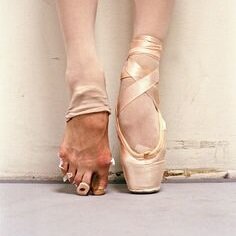
19 October 2016
We cover a lot of technique in these Ballroom Guide articles, but something that is often neglected by younger dancers until it is too late is health. You can practice every day, become a great dancer in your 20's, retire in your 30's, and have chronic pain for the rest of your life, or you can keep your body healthy so you can continue to develop your skills and enjoy dancing for longer. Today we are going to focus on two of the largest problems dancers end up getting with their feet, and the best ways to prevent them.
Bunions
A bunion is when the big toe join pushes out to the side, and the toe comes inward toward the other toes. This can result in extreme pain when walking, and make it difficult to fit into shoes. In severe cases, surgery is needed to remedy the bunion.

While doctors disagree about certain aspects of the cause of bunions, it is known that wearing tight fitting shoes that squeeze the big toe inward greatly increase your likelihood of getting bunions. Dance shoes are exceptionally good at doing just this to your toes.
Foot Wakers
To counter bunions, you want to create space in between the joints of the ball of the foot. You can do this by standing on these spiky plastic things (, called Foot Wakers. By standing on these and relaxing your foot over top, it allows the bones to slowly separate and stretches out the connective tissue in your feet. In truth, these help with more foot problems than just bunions. If you don't feel like spending the cash on these, you can stand on a pair of tennis balls. While these won't help relax the connective tissue all along the bottom of your feet, they will separate the toe joints.
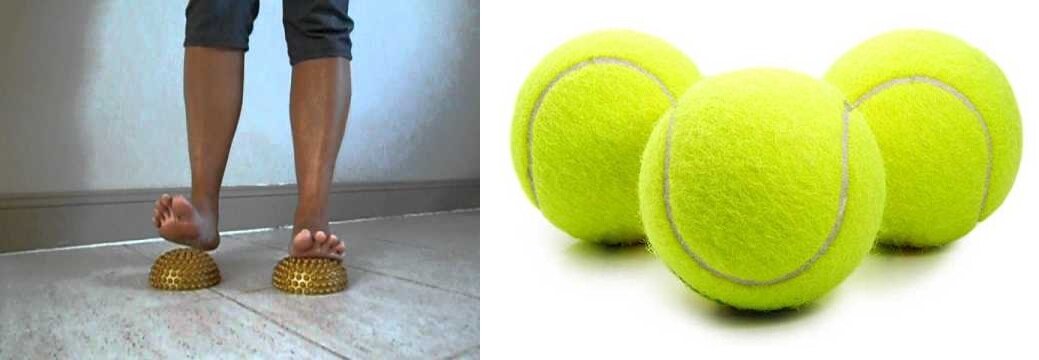
The best time to use these is after practice for about five minutes.
Toe Separators
Kind of like the ones used for painting your toe nails, these help to keep your toes in line with metatarsals. It is really when the big toe bone starts kinking inward, and loses alignment with the metatarsals, that the bunion starts to develop.
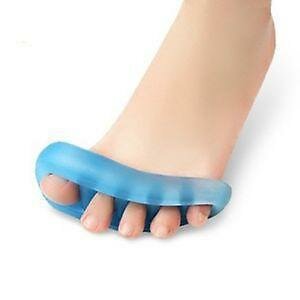
Try wearing these for an hour or two, while doing work or watching TV, and then feel your toes as you walk around afterward. Chances are, your toes aren't used to working separately, and learning to use them will strengthen the foot muscles and help you resist bunions, while giving you stronger feet overall.
Five Finger Shoes
These shoes may not be the next fashion craze, but they are great for your toes. Just like the toe separators, these keep your toes apart, but they go one step further. Stretching your toes is great, but having to use your toe muscles while the toes are separated is far, far better. These shoes force you to use small muscles in your feet you didn't know you had, and are one of the best things you can do to prevent bunions. Walking for 30 minutes per day in these shoes will strengthen your toes, resulting not only in healthier feet, but probably better balance in dancing, as that is one of the primary functions of your toes.
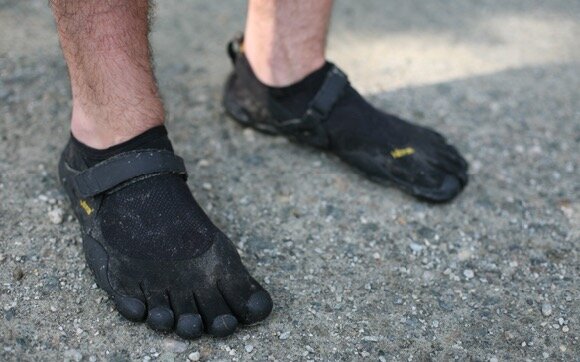
It should be noted, though, that these shoes have very little padding in the heel. While they are great for helping your toes, you should not be walking on cement or pavement with these. Man evolved to walk heel to toe in the savana, not on flat stone surfaces, which causes a shock wave to travel into the spine with each step. If possible, walk on the grass with these shoes, or at least walk slowly and smoothly.
Plantar Fasciitis
Pronounced PLAN-tar fa-shee-EYE-tiss, this condition occurs when the long band of connective tissue (called the plantar fascia) that attaches the ball of your foot to the heel gets too tight. This results in pain in the heel, typically in the morning after waking up, when the tendon is the tightest in fact, , 80% of heel pain is caused by plantar fasciitis.
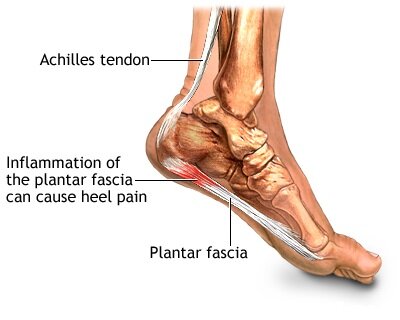
In severe cases, the plantar fascia can become so tight that it pulls at the bones and creates microfractures all over the foot.
Foot Wakers
In addition to helping you with preventing bunions, the little spikes grab into the bottom of your foot and by standing on them for about 30 seconds at a time, they stretch out the plantar fascia in a way that stretching cannot.
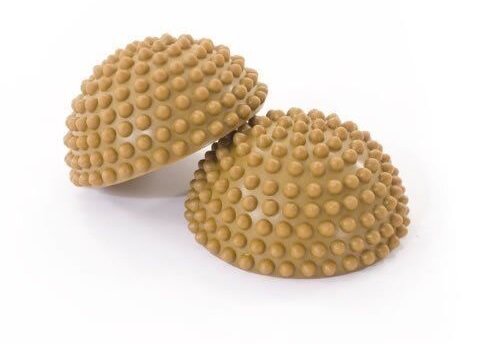
Tennis balls are no substitute here.
Stretch your Calves
Stretch your calves. The Plantar Fascia runs from the ball of the foot to the heel, but that is just the area of tissue that doctors have named Plantar Fascia. In fact, the tissue continues past the heel, into the Achilles Tendon, and into the calf muscles. To stretch the calf muscle, pull the ball of the foot back as much as possible while the knee is straight. This can be done on a wall or on the stairs.To increase the stretch, lean forward at the hip as if to touch your toes. If you are flexible enough, use your hands to pull the toes back. By actually pulling the toes back, not just the ball of the foot, you will stretch the plantar fascia itself. By flexing the knee, you will move the stretch to the Achilles Tendon. You may have to increase the force applied to feel the stretch here, but it will never the same to stretch a tendon as to stretch muscle, although both are beneficial.

Stretching the calves is important for another reason as well, shortened calves. When you wear high heels all day, and especially when you dance in them, you train your muscles to function only within a certain framework. This can result in permanent shortening of the calf, if you aren't careful, and that can lead into problems in the upper leg, hip, and lower back later in life. If you have ever known someone who when bare footed preferred to walk on the balls of the feet rather than the whole foot, that person was suffering from shortened calves.
But stretching is only part of the solution. Strengthening and stretching go hand in hand, so check out this BGBB Article to assess your ankle strength, and see some great exercises to improve.